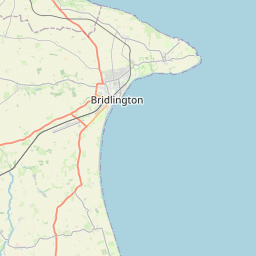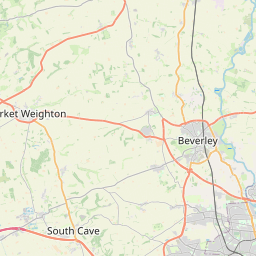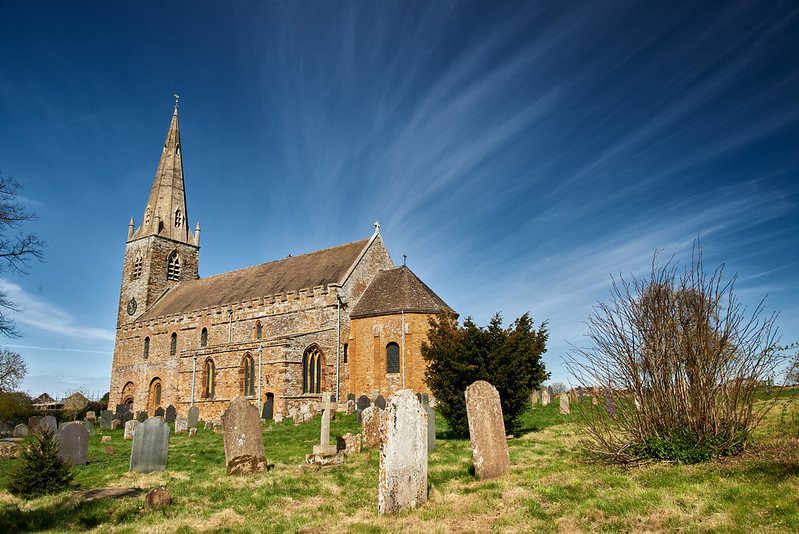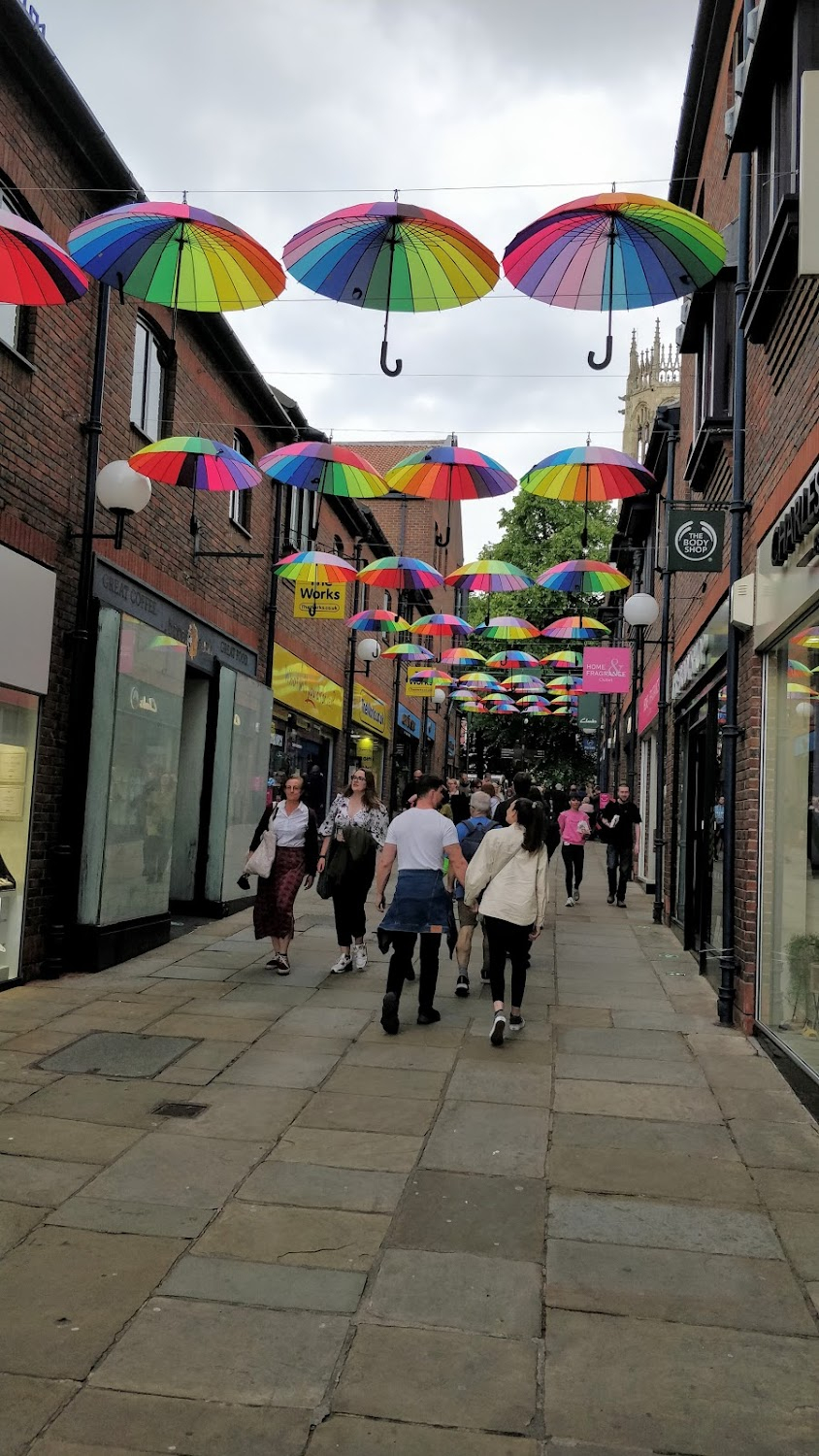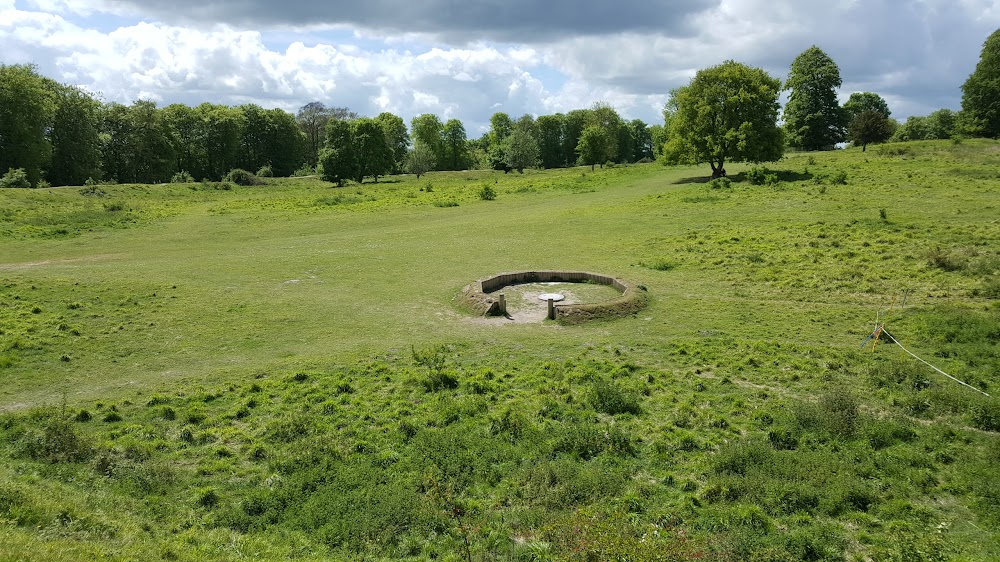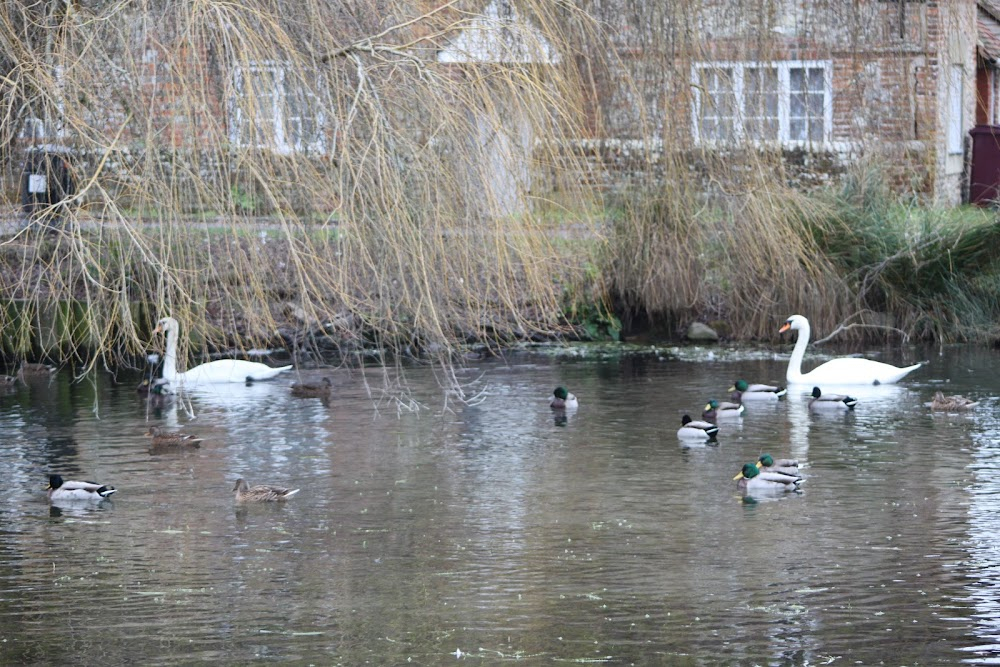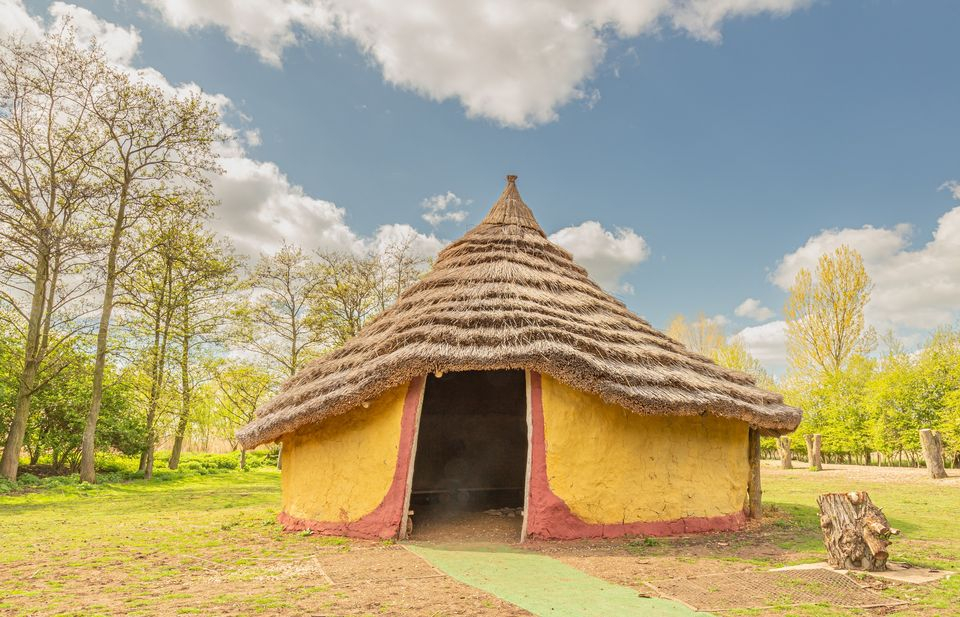Seven Ages of Britain Filming Locations

Where was Seven Ages of Britain filmed? Seven Ages of Britain was filmed in 61 locations across United Kingdom in the following places:
Seven Ages of Britain Filming Locations
Hornsea is a seaside town and civil parish in the East Riding of Yorkshire, England. The settlement dates to at least the early medieval period. The town was expanded in the Victorian era with the coming of the Hull and Hornsea Railway in 1864.
Bath is a city in the ceremonial county of Somerset, in England, known for and named after its Roman-built baths. At the 2021 Census, the population was 94,092. Bath is in the valley of the River Avon, 97 miles west of London and 11 miles southeast of Bristol.
Bosham is a coastal village, ecclesiastical parish and civil parish in the Chichester District of West Sussex, within the historic county of Sussex, England, centred about 2 miles west of Chichester with its clustered developed part west of this.
The Burnt Islands are three small islands that lie in the Kyles of Bute, on the Cowal Peninsula, Argyll and Bute, on the West coast of the Scottish mainland. The islands are located at grid reference NS017752. Individually the Islands are known by their Gaelic names.
Colchester is a city in northeastern Essex, England. It is the second-largest settlement in the county, with a population of 130,245 at the 2021 Census. The demonym is Colcestrian. Colchester occupies the site of Camulodunum, the first major city in Roman Britain and its first capital.
Devon is a county in southwest England. It encompasses sandy beaches, fossil cliffs, medieval towns and moorland national parks. The English Riviera is a series of picturesque, south-coast harbour towns including Torquay, Paignton and Brixham. The South West Coast Path follows the coastline, taking in the towering cliffs of the northern Exmoor Coast and rock formations on the fossil-rich southern Jurassic Coast.
Dorset is a county in southwest England. It’s known for the Jurassic Coast, a long stretch on the English Channel where the cliffs contain many fossils, and rock formations show millions of years of geological history. Two prominent natural landmarks are Durdle Door, an ancient stone arch, and the layered cliffs at nearby Lulworth Cove. The towns of Poole, Weymouth and Swanage are popular for their sandy beaches.
Dover is a coastal town in England’s southeastern county of Kent. It’s a major port for ferries to Calais, in France. Built to repel invasions from across the English Channel, medieval Dover Castle overlooks the town and houses the extensive Secret Wartime Tunnels. The iconic White Cliffs of Dover are symbolic safeguards at Britain’s closest point to continental Europe.
Fishbourne is a village and civil parish in the Chichester District of West Sussex, England and is situated two miles west of Chichester. The Anglican parish of Fishbourne, formerly New Fishbourne, is in the Diocese of Chichester. The population in 1861 was 347. The parish church is dedicated to St Peter and St Mary.
Seven Ages of Britain (2003)
Historian Bettany Hughes looks at the struggles between man and the environment on the British Isles since 6000 BCE. In collaboration with some of the country's top archaeologists and historians, here's the unofficial history of Britain.

